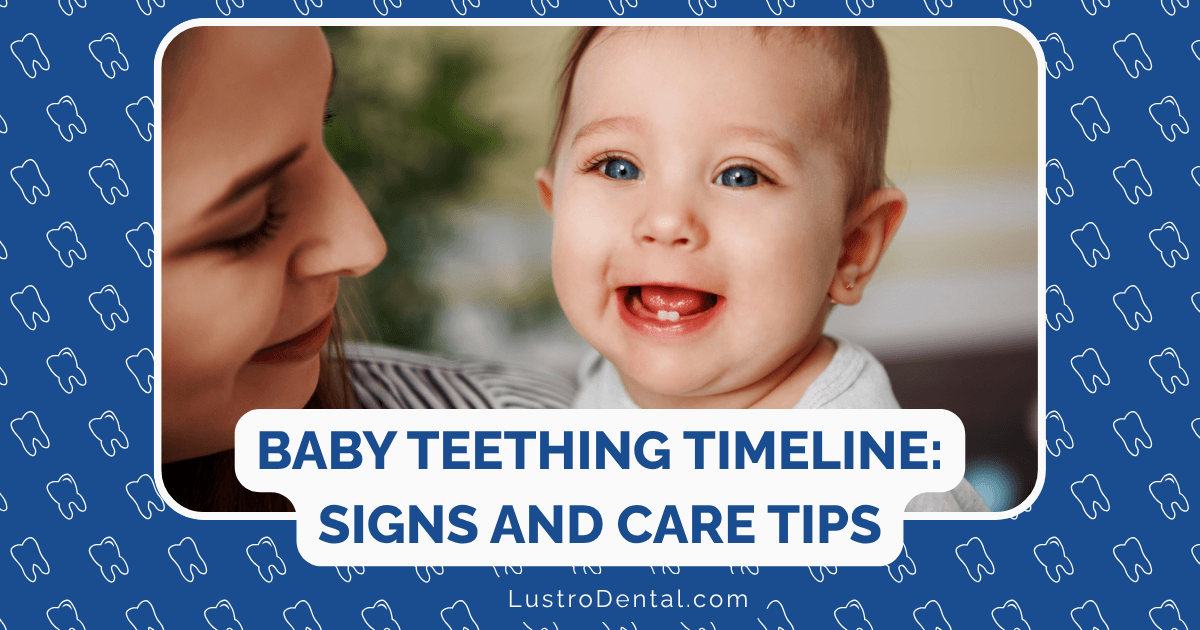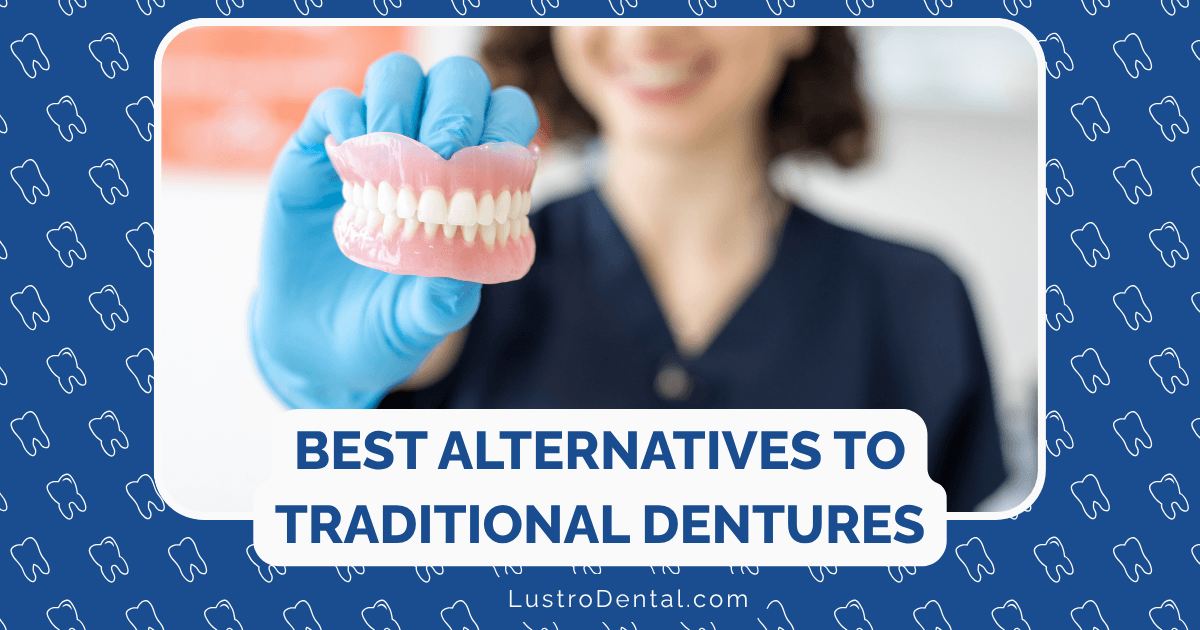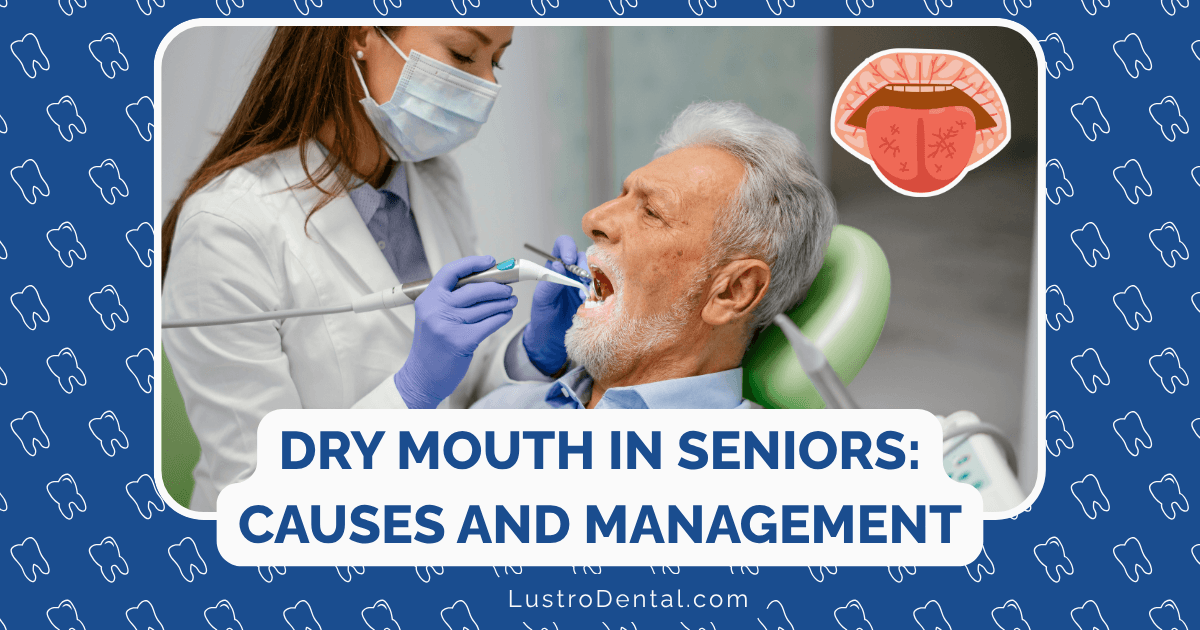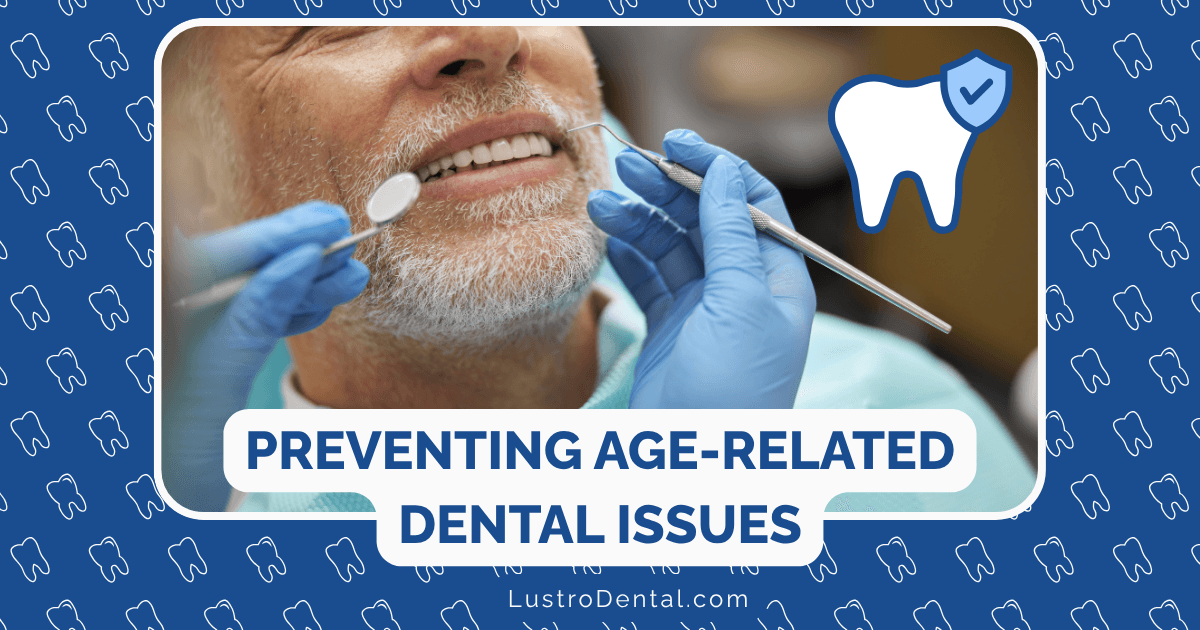Baby’s First Teeth: Timeline and Care Instructions

That first tooth poking through your baby’s gums is a milestone worth celebrating. But it also marks the beginning of a lifelong journey of dental care. Whether you’re a first-time parent anxiously awaiting those tiny pearly whites or a veteran who needs a refresher, understanding the timeline and proper care for your baby’s teeth is crucial. Let’s dive into everything you need to know about those adorable chompers.
The Baby Teeth Timeline: What to Expect and When
Every baby is different, but teeth tend to follow a fairly predictable pattern. Here’s the typical timeline of when those little teeth make their grand entrance:
First Year (6-12 months)
- Bottom central incisors (6-10 months): These two front bottom teeth usually show up first.
- Top central incisors (8-12 months): The two front teeth on top typically follow.
- Top lateral incisors (9-13 months): These are the teeth on either side of the top central incisors.
Second Year (13-23 months)
- Bottom lateral incisors (10-16 months): The teeth on either side of the bottom front teeth.
- First molars (13-19 months): These larger teeth appear toward the back of the mouth.
- Canines/cuspids (16-23 months): The pointed teeth between the lateral incisors and first molars.
Third Year (23-33 months)
- Second molars (23-33 months): The final set of baby teeth, located at the very back of the mouth.
By age 3, most children have their complete set of 20 primary teeth—10 on top and 10 on the bottom. According to Dr. Sarah Chen, pediatric dentist at Children’s Dental Health Center, “While this timeline represents the average, it’s completely normal for teeth to appear earlier or later. Some babies are even born with teeth, while others might not get their first tooth until after their first birthday.”
Signs Your Baby Is Teething
Before those teeth break through, your baby will likely let you know something’s up. Common teething signs include:
- Excessive drooling: Seriously, invest in bibs—lots of them.
- Irritability: Even the happiest babies can turn cranky when teeth are pushing through.
- Swollen, tender gums: The area where the tooth is emerging may look red and puffy.
- Gnawing on objects: Your baby might chew on anything they can get their hands on.
- Disrupted sleep patterns: Pain doesn’t respect bedtime, unfortunately.
- Slight temperature elevation: Not a true fever, but slightly warmer than normal.
The American Academy of Pediatrics notes that contrary to popular belief, teething does NOT cause high fevers, diarrhea, or severe diaper rash. If your baby experiences these symptoms, contact your pediatrician as they’re likely unrelated to teething.
Essential Care Instructions for Baby Teeth
Before Teeth Appear (0-6 months)
Even before that first tooth pops through, oral hygiene matters:
- Gum cleaning: After feedings, gently wipe your baby’s gums with a clean, damp washcloth or gauze. This removes bacteria and food particles while getting your baby used to having their mouth cleaned.
- Avoid bottle propping: Never prop a bottle and leave your baby to feed unattended, especially at bedtime. This can lead to “baby bottle tooth decay” when teeth do emerge.
When Teeth First Appear (6+ months)
Once that first tooth breaks through, it’s time to step up your game:
- Start brushing immediately: Use a soft, infant-sized toothbrush with a tiny smear of fluoride toothpaste (about the size of a grain of rice).
- Brush twice daily: Morning and night are ideal times to establish this routine.
- Technique matters: Use gentle, circular motions. Focus on all surfaces of the teeth and along the gumline.
- Schedule that first dental visit: The American Dental Association recommends seeing a dentist when the first tooth appears or no later than the first birthday—whichever comes first.
Toddler Teeth Care (1-3 years)
As more teeth appear and your baby becomes a toddler:
- Increase toothpaste amount: Around age 3, increase to a pea-sized amount of fluoride toothpaste.
- Begin teaching spitting: Encourage your toddler to spit out excess toothpaste rather than swallowing it.
- Introduce flossing: Once teeth touch each other, begin gentle flossing between them.
- Limit sugary drinks and snacks: Juice, even 100% fruit juice, should be limited to 4 ounces per day for toddlers.
- Regular dental checkups: Most dentists recommend visits every six months after that first appointment.
The 3-3-3 Rule for Healthy Teeth
You might have heard of the “3-3-3 rule” for dental care. Here’s what it means:
- Brush 3 times a day (or at minimum, twice)
- For 3 minutes each time (aim for 2-3 minutes of thorough brushing)
- Wait 3 minutes after eating acidic foods before brushing (to protect enamel)
While this rule is more applicable to older children and adults, it’s a good principle to keep in mind as your child grows.
Soothing Teething Discomfort: What Works and What Doesn’t
Effective Teething Remedies:
- Cold (not frozen) teething rings: The pressure and cold provide relief.
- Chilled washcloth: Dampen a clean cloth, chill it in the refrigerator, and let your baby gnaw on it.
- Gentle gum massage: Using a clean finger, apply gentle pressure to sore gums.
- Age-appropriate pain relievers: Consult your pediatrician about using infant acetaminophen or ibuprofen (for babies over 6 months) for severe discomfort.
What to Avoid:
- Teething gels with benzocaine: The FDA warns against these due to rare but serious side effects.
- Homeopathic teething tablets: These have been linked to health risks in infants.
- Amber teething necklaces: These pose strangulation and choking hazards.
- Frozen teething rings: These can be too hard and damage gums.
Dr. Michael Rodriguez, pediatrician at Children’s Medical Center, emphasizes: “The safest approach to teething is simplicity. Cold items, gentle pressure, and occasional over-the-counter pain relievers when needed are usually sufficient. Always consult your child’s doctor before using any medication.”
Establishing a Lifetime of Good Dental Habits
Remember, the habits you establish now set the foundation for your child’s lifelong dental health. Make tooth care fun by:
- Singing special tooth-brushing songs
- Using a timer to ensure proper brushing duration
- Reading children’s books about dental care
- Letting your child pick out their toothbrush (with your guidance)
- Brushing your teeth alongside your child to model good behavior
As Dr. Emily Warren, pediatric dentist at Healthy Smiles Children’s Dentistry, puts it: “The goal isn’t just clean teeth—it’s establishing positive associations with dental care that will last a lifetime. When children view brushing as a normal, even enjoyable part of their routine rather than a chore, we’ve set them up for dental success.”
When to Call the Dentist
While regular checkups are essential, certain situations warrant an immediate call to the dentist:
- Signs of tooth decay (discoloration or pitting)
- Trauma to the mouth or teeth
- Tooth pain or persistent gum sensitivity
- Unusual growths or sores in the mouth
- Teeth coming in very crooked or overlapping significantly
- White spots on the teeth, which may indicate early decay
The Bottom Line on Baby Teeth
Your baby’s first teeth represent more than just a milestone—they’re the beginning of their dental journey. With proper care from the start, you’re setting them up for a lifetime of healthy smiles. Remember the basics:
- Clean gums before teeth appear
- Start brushing with the first tooth
- Use the right amount of fluoride toothpaste
- Schedule regular dental visits
- Address teething discomfort safely
- Establish positive dental care routines
Every smile tells a story—make sure your child’s tells one of good health and proper care from the very beginning.
Have you experienced your baby’s first tooth yet? What teething remedies worked best for your little one? Share your experiences in the comments below!







